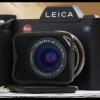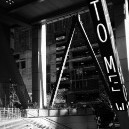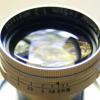Comparing resolutions correctly
-
Recently Browsing 0 members
- No registered users viewing this page.
-
Similar Content
-
- 4 replies
- 543 views
-
- 2 replies
- 302 views
-
- 1 reply
- 263 views
-
- 4 replies
- 414 views
-
- 9 replies
- 339 views
-





Recommended Posts
Join the conversation
You can post now and register later. If you have an account, sign in now to post with your account.
Note: Your post will require moderator approval before it will be visible.